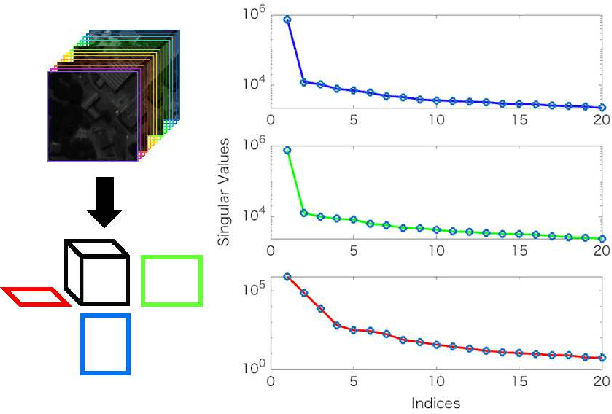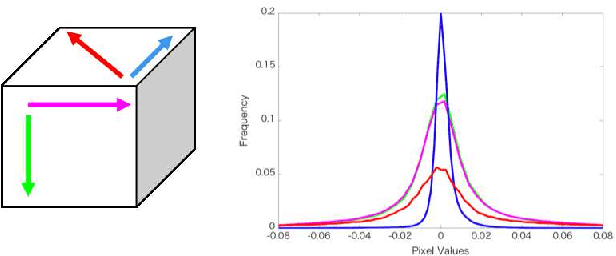Masahiro Okuda
Doshisha University
Clustering of illustrations by atmosphere using a combination of supervised and unsupervised learning
Jul 27, 2023Abstract:The distribution of illustrations on social media, such as Twitter and Pixiv has increased with the growing popularity of animation, games, and animated movies. The "atmosphere" of illustrations plays an important role in user preferences. Classifying illustrations by atmosphere can be helpful for recommendations and searches. However, assigning clear labels to the elusive "atmosphere" and conventional supervised classification is not always practical. Furthermore, even images with similar colors, edges, and low-level features may not have similar atmospheres, making classification based on low-level features challenging. In this paper, this problem is solved using both supervised and unsupervised learning with pseudo-labels. The feature vectors are obtained using the supervised method with pseudo-labels that contribute to an ambiguous atmosphere. Further, clustering is performed based on these feature vectors. Experimental analyses show that our method outperforms conventional methods in human-like clustering on datasets manually classified by humans.
Guided Facial Skin Color Correction
May 19, 2021



Abstract:This paper proposes an automatic image correction method for portrait photographs, which promotes consistency of facial skin color by suppressing skin color changes due to background colors. In portrait photographs, skin color is often distorted due to the lighting environment (e.g., light reflected from a colored background wall and over-exposure by a camera strobe), and if the photo is artificially combined with another background color, this color change is emphasized, resulting in an unnatural synthesized result. In our framework, after roughly extracting the face region and rectifying the skin color distribution in a color space, we perform color and brightness correction around the face in the original image to achieve a proper color balance of the facial image, which is not affected by luminance and background colors. Unlike conventional algorithms for color correction, our final result is attained by a color correction process with a guide image. In particular, our guided image filtering for the color correction does not require a perfectly-aligned guide image required in the original guide image filtering method proposed by He et al. Experimental results show that our method generates more natural results than conventional methods on not only headshot photographs but also natural scene photographs. We also show automatic yearbook style photo generation as an another application.
Self-supervised Hyperspectral Image Restoration using Separable Image Prior
Jul 01, 2019



Abstract:Supervised learning with a convolutional neural network is recognized as a powerful means of image restoration. However, most such methods have been designed for application to grayscale and/or color images; therefore, they have limited success when applied to hyperspectral image restoration. This is partially owing to large datasets being difficult to collect, and also the heavy computational load associated with the restoration of an image with many spectral bands. To address this difficulty, we propose a novel self-supervised learning strategy for application to hyperspectral image restoration. Our method automatically creates a training dataset from a single degraded image and trains a denoising network without any clear images. Another notable feature of our method is the use of a separable convolutional layer. We undertake experiments to prove that the use of a separable network allows us to acquire the prior of a hyperspectral image and to realize efficient restoration. We demonstrate the validity of our method through extensive experiments and show that our method has better characteristics than those that are currently regarded as state-of-the-art.
 Add to Chrome
Add to Chrome Add to Firefox
Add to Firefox Add to Edge
Add to Edge